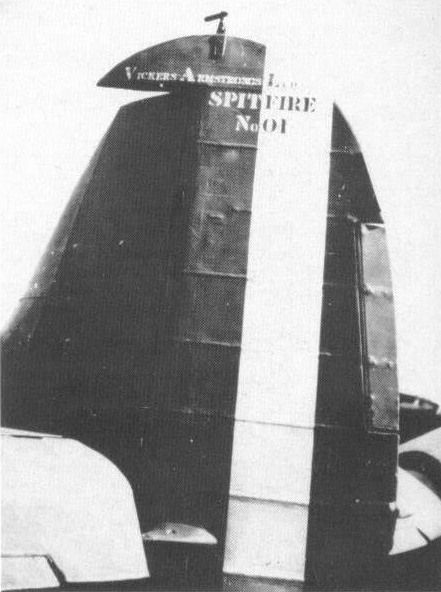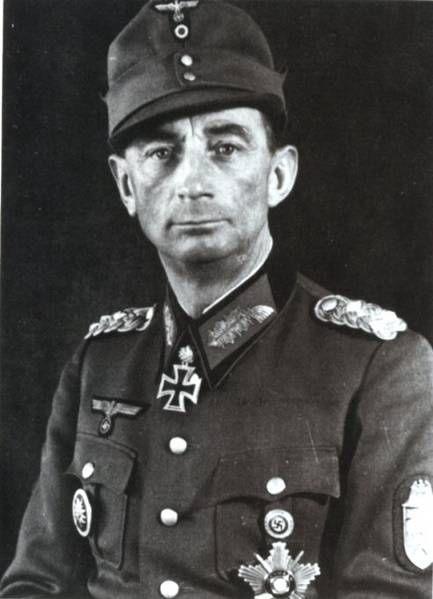Friday 7 June 1940
 |
| As taken from Admiral Hipper on 7 June 1940, this picture shows the Gneisenau, with Scharnhorst to the right. Admiral Marschall is convening of a conference of his commanders. |
General Erwin Rommel of XVI Panzer Corps, 4th Army finds a seam in the Allied defenses and advances 30 miles to Forges-les-Eaux. This puts him within striking distance of both Rouen and Le Havre. He is accompanied on the thrust by 5th Panzer Division (which never gets any credit....) "Other troops," i.e. 5th Panzer Division, take Noyon and Fores-les-Eaux in the same general vicinity. An incidental effect of Rommel's leap forward is that the British 51st (Highland) Division is cut off along the coast.
Rommel is fully aware of the historic nature of his successes, noting: "We have broken past the Maginot line- it's like some beautiful dream!" The Germans have lived in fear of the French since 1918, and today marks a key turning point in that attitude.
The French 10th Army (General Robert Altmayer) has its front broken by the Rommel thrust and has to retreat to Rouen and behind the Seine River. Already, the French are looking at Paris over their shoulders. The Weygand Line is holding in places, but overall the hedgehog strategy is turning into a disaster.
Between Amiens and Peronne, the French line holds firm, with von Kleist's Panzer Group making minimal gains. The French artillery at Amiens is decisive in frustrating the Wehrmacht attack.
Further east, the tanks of Panzer Group Guderian seize bridgeheads across the Aisne. Guderian's goal is to advance south behind the Maginot Line by heading to the Swiss border, thereby enveloping the fortresses and making their actual capture academic.
A major problem for the French is that the Luftwaffe is establishing air supremacy. The French Air Force (Armée de l'Air) has reasonably good equipment, but it does not have enough of anything. More fundamentally it is completely lacking in organization and tactics. Whereas the fight over Dunkirk against the RAF was reasonably equal, the air battle over France is turning into no contest at all.
European Air Operations: After dark, the French make an unsuccessful attempt to retaliate for Operation Paula, the Luftwaffe's recent mildly successful raid on Paris. They convert Centre NC223 mail planes for an attack on Berlin, sending them on a circuitous route from Bordeaux over the Baltic. The crews miss Berlin entirely and drop their bombs on open countryside, so technically it is not the first raid on Berlin - it is the first attempted raid on Berlin.
The RAF sends 24 bombers to attack Hannover, Germany.
U-48 then torpedoes 5,888-ton British freighter Eros in the same location. All 62 crew survive when picked up by a trawler, but the freighter remains afloat.
Admiral Marschall, commanding the flotilla led by HMS Scharnhorst and Gneisenau, stops to refuel despite being informed by Luftwaffe reconnaissance planes of some nearby "supply ships" (which actually are troopships carrying RAF soldiers home from Norway) that would be easy targets. This keeps his flotilla from coming to British attention, a factor which will prove decisive for coming operations. Marschall is after bigger game.
Convoy OA 163GF departs from Southend.
Norway: HMS Glorious arrives off Narvik and takes aboard the 10 remaining Gloster Gladiators and 8 remaining Hawker Hurricanes previously ferried to Bardufoss. While Hurricanes have flown off carriers before, this is the first landing of the advanced land-based fighters on one. No. 46 and No. 263 squadrons are now entirely out of Norway.
The British continue evacuating troops from Narvik, 4600 leaving at Harstad. The Allies no longer have air cover in northern Norway. General Dietl has noticed the easing of pressure against his troops and is moving back towards Narvik. A Royal Navy convoy heads for Great Britain.
King Haakon VII and the rest of the Norwegian government board the Royal Navy heavy cruiser HMS Devonshire at Tromsø and depart at 20:00 for exile in the UK. They are accompanied to England by thirteen ships, five aircraft and 500 men of the Royal Norwegian Navy.
Ireland: The government declares a state of emergency due to the situation in France.
British Military: Captain B. A. W. Warburton-Lee of the First Battle of Narvik (10 April 1940) is posthumously awarded the first V.C. awarded during the way.
US Military: US Ambassador to the Court of St. James Joseph Kennedy informs President Roosevelt that defeat in France is only a matter of time: "They have nothing to fight with but courage."
President Roosevelt decides to send 50 US warplanes to France via Canada. Neutrality law states that they cannot be flown across the Canadian border - which technically is part of Great Britain; thus, the Army has to be clever. The USAAC instead flies the planes into Houlton Army Air Base, which is on the Canadian border with New Brunswick. Then, the Army has them towed from the Houlton, Maine base into Canada by local farmers, where they can take off - legally.
German Homefront: Pursuant to Hitler's edict, church bells are ringing throughout Germany. Unlike during World War I, however, there is not much public enthusiasm about the Wehrmacht's victories. US journalist in Berlin William Shirer reports that "Church bells ring and flags are out today to celebrate victory in Belgium, but no real elation here."
The government institutes a smoking ban for female students at German universities, noting: "Your cigarettes should go to the army; also, science has proven smoking bad for women."
American Homefront: Ted Williams gets a hit in his 23rd straight game in Chicago.
British Homefront: Hitler's successes begin to take hold in the popular imagination of the Allied countries. Pollsters report that people are fascinated with him as a sort of Crusading Dark Angel who always does what he threatens. The UK Ministry of Information endeavors to punch a hole in Hitler's image.
 |
| Houlton, Maine farmer dragging a US warplane across the Canadian border, 7 June 1940. |
June 1, 1940: Devastation at Dunkirk
June 2, 1940: Hitler Visits France
June 3, 1940: Operation Paula
June 4, 1940: We Shall Fight
June 5, 1940: Fall Rot
June 6, 1940: Weygand Line Crumbling
June 7, 1940: British Evacuating Narvik
June 8, 1940: Operation Juno
June 9, 1940: Norway Capitulates
June 10, 1940: Mussolini Throws Down
June 11, 1940: Paris an Open City
June 12, 1940: Rommel at St. Valery
June 13, 1940: France Goes Alone
June 14, 1940: Paris Falls
June 15, 1940: Soviets Scoop Up Lithuania
June 16, 1940: Enter Pétain
June 17, 1940: The Lancastria Sinks
June 18, 1940: A Day of Leaders
June 19, 1940: U-boats Run Wild
June 20, 1940: Pétain Wilts
June 21, 1940: Hitler's Happiest Day
June 22, 1940: France Is Done
June 23, 1940: Hitler in Paris
June 24, 1940: Six Million Jews
June 25, 1940: German Celebrations
June 26, 1940: USSR Being Belligerent
June 27, 1940: Malta in Peril
June 28, 1940: Channel Islands Bombed
June 29, 1940: Gandhi Insists on Independence
June 30, 1940: Channel Islands Occupied
2020




